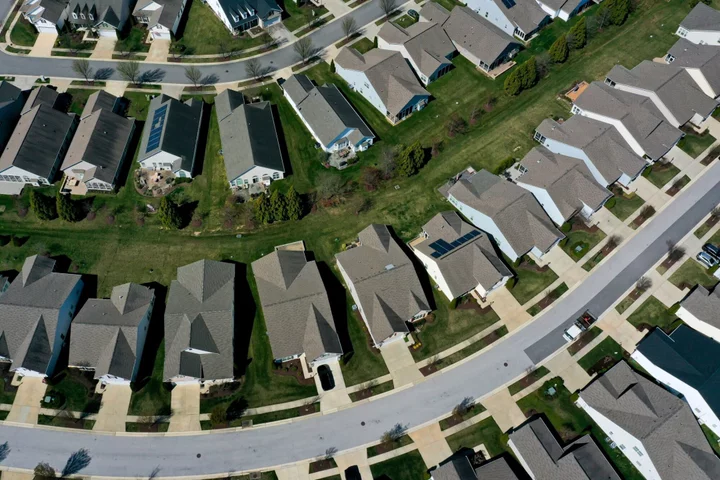US shelter inflation, the biggest component of the consumer price index, is set to slow significantly and may even turn into deflation next year, according to new research from the Federal Reserve Bank of San Francisco.
“Our baseline forecast suggests year-over-year shelter inflation will continue to slow through late 2024 and may even turn negative by mid-2024,” San Francisco Fed economists Augustus Kmetz, Schuyler Louie, and John Mondragon wrote in a note published Monday. “This would represent a sharp turnaround in shelter inflation, with important implications for the behavior of overall inflation.”
Headline inflation has been cooling this year after soaring to a 40-year high last summer, with the consumer price index up just 3% in the 12 months through June. Monthly figures due Thursday are expected to show a slight re-acceleration in July.
So-called core measures, which strip out volatile food and energy prices, have been slower to recede, leading to worries that it could take more tightening to bring inflation down to the Fed’s 2% goal. Shelter, which comprises more than 40% of the core CPI basket, is an important part of that battle.
In the study, the San Francisco Fed researchers built a model to forecast the shelter component using the Case-Shiller Home Price Index as well as measures of asking rents produced by CoreLogic, Zillow and Apartment List. The results suggest the tightening the Fed has done so far has already had an impact.
“The rapid rise in interest rates since early 2022 is likely to have had a significant effect on slowing housing markets, and this slowdown is likely to continue going forward,” they said.
Read More: Housing-Market Rebound Poses Challenge for Fed’s Inflation Fight

